Different Types of Leaf Variation

Certain parts of a plant, such as its leaves, stem, and roots, can adapt to perform specialized functions that help it grow and survive in unique or harsh environments and conditions. In most cases, the leaves of a plant are broad and flat, and play an important role in performing photosynthesis. However, the leaves of certain plants are used for a different set of functions, as described below.
9. Leaves Reduced to Spines

Instead of broad and flat leaves, desert plants like cacti have spines that are hard and sharp. This adaptation limits the surface area exposed to the sun, which decreases water loss by evapotranspiration in the desert environment. Spines also protect the plant from being eaten by animals.
8. Leaves That Store Food

Plants like onions have leaves modified to store food. These plants, which are called bulbs, have a short stem with fleshy leaves that are located underground and act as food storage. The specialized food storage leaves do not perform photosynthesis.
7. Needle-Shaped Leaves of Coniferous Plants

Coniferous plants that grow at high altitudes and cold climates have needle-shaped leaves. This adaptation has several advantages. Needles can withstand heavy precipitation such as snow and have lower wind resistance. The needles also have a thick cuticle, and both the shape and thickness of conifer needles help limit evapotranspiration, which is important in environments where water availability is low. Conifer needles contain resins that protect the plant from freezing, as well as serving as a deterrent from being eaten by animals and insects. Pine trees are an example of plants with needle-shaped leaves.
6. Leaf Tendrils
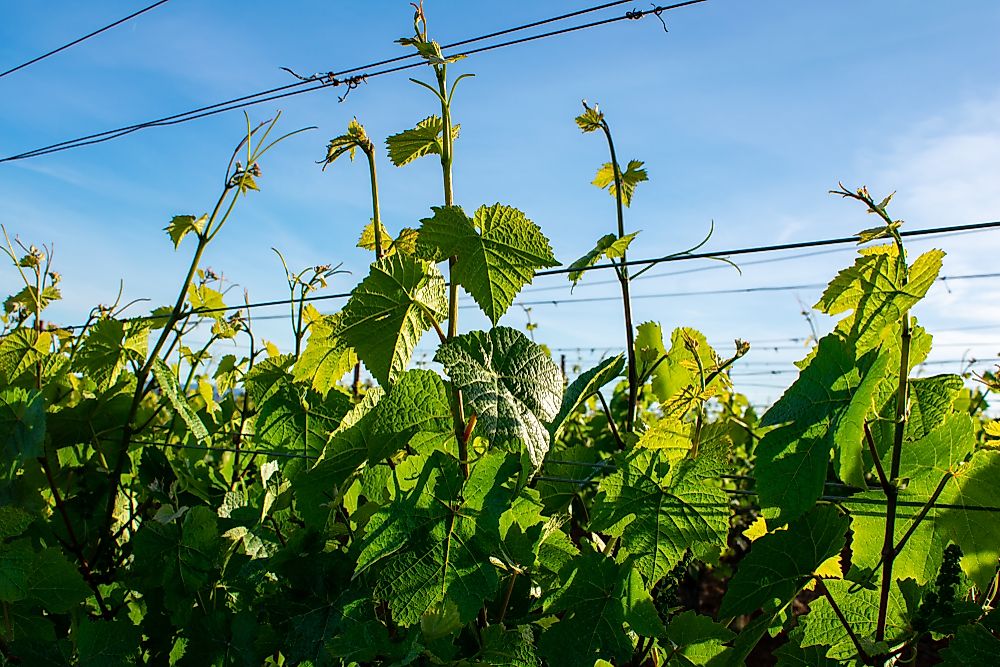
A leaf tendril is another type of specialized leaf that has a threadlike shape. Tendrils coil around objects and provide support that enables the plant to climb. Squash and peas are examples of plants that have leaf tendrils.
5. Leaves That Reproduce
Vegetative reproduction can be achieved through the leaves of certain plants. These specialized leaves can grow roots that will give rise to new plants. The African violet is an example of a plant that has leaves that reproduce.
4. Leaves as Bud Scales
Many woody plants growing in cold or temperate climates have bud scales that are modified leaves. These scales tightly enclose a delicate bud, protecting it from harm. Bud scales are sometimes covered in a gummy secretion that provides added protection. When the bud flowers, the scales usually fall off, leaving elongated scars on the stem that are often helpful in determining the age of the plant.
3. Succulent Leaves
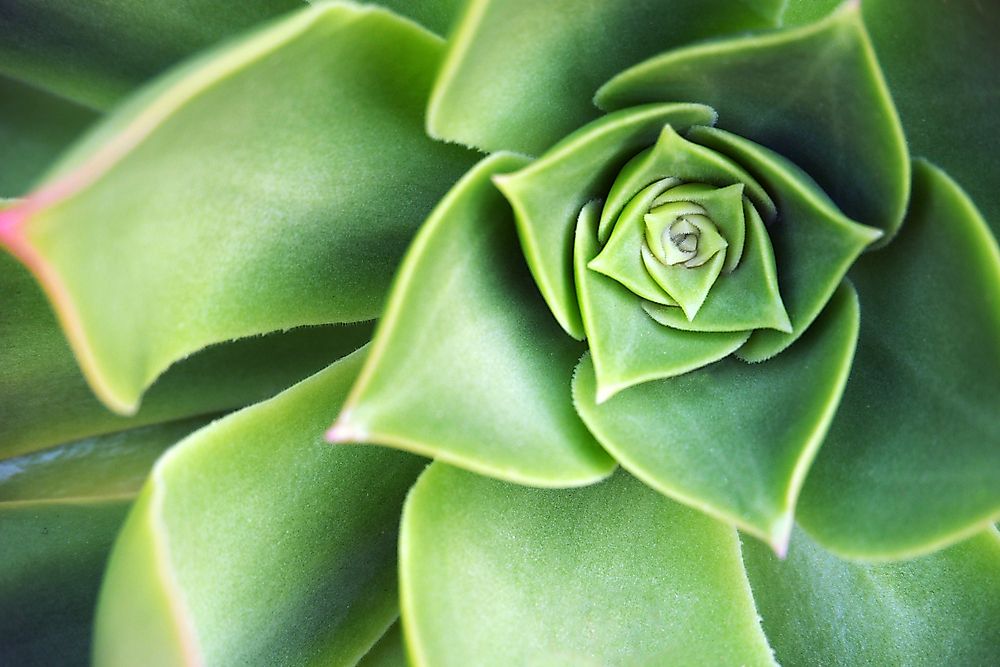
The leaves of succulent plants, such as the jade plant that grows in arid areas, are modified to store water to help the plant survive periods of drought.
2. Floral Bracts
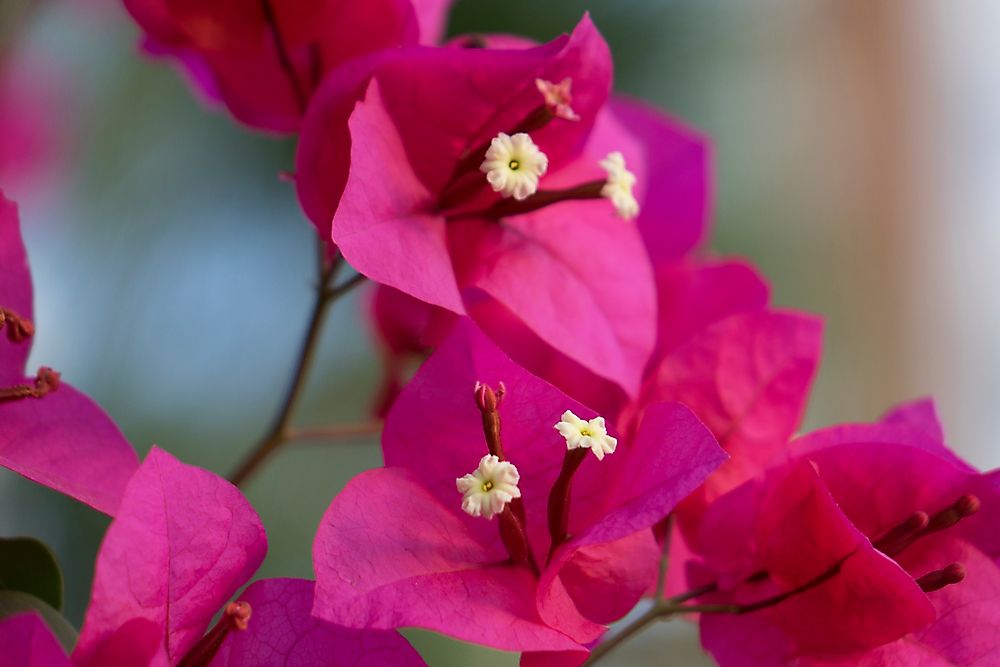
The leaves of certain plants appear like the colorful petals of a flower. These leaves, called floral bracts, serve to attract pollinating insects, since the plant's actual flowers are very small. Examples of plants with floral bracts include the Bougainvillea and the Indian paintbrush.
1. Insect-Trapping Leaves
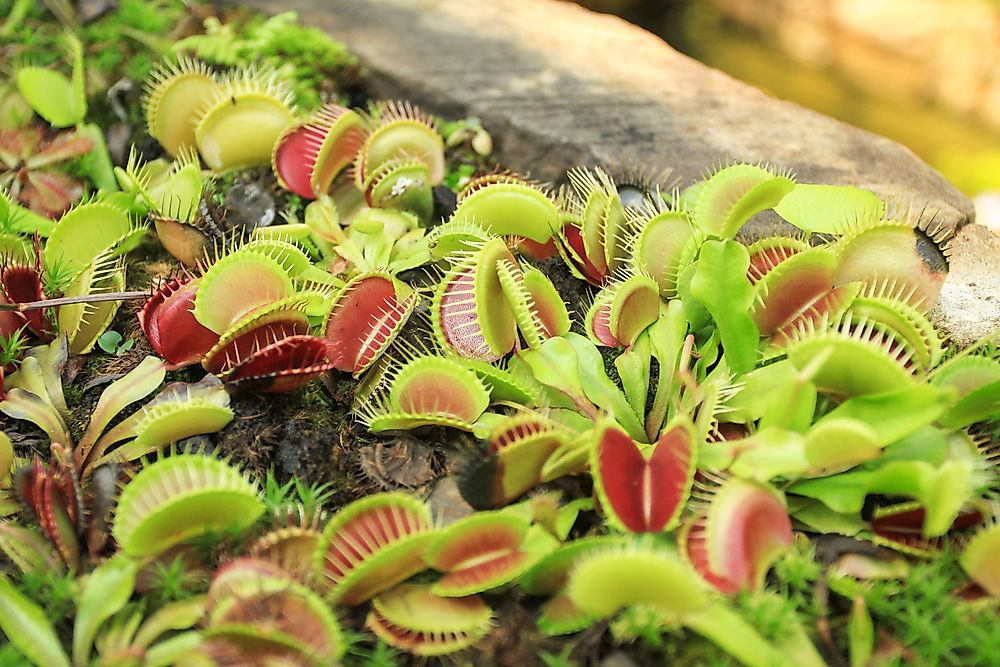
Plants that trap insects often have specialized leaves that are involved in the function. These plants trap insects and digest them to derive nutrients, especially nitrogen, that is much needed for growth. Examples of adaptations in plants with insect-trapping leaves are:
a) The leaves of the sundew plant are only about 1 inch in diameter and are arranged in a rosette. The dorsal surface of these leaves bears numerous trichomes or hair-like extensions with glands on the tips. These glands secrete a sticky glue-like substance that attracts and traps insects sitting on the leaves. The leaves then curl inward and the network of trichomes forms a death-trap around the insect. The glandular secretions then begin digesting and engulfing the insect.
b) The leaves of pitcher plant are modified to form pitfall traps. More specifically, the leaves form a pitcher-like structure with a deep cavity filled with digestive liquids. Nectar-secreting glands lure insects to the lip of the leaves and into the cavity. Once an insect falls into the cavity, it is unable to crawl out since the inner surface of the leaf is extremely smooth. The digestive liquids at the bottom of the cavity drown the insect, which is then digested by the plant.
c) The Venus flytrap has another type of leaf specialization found in carnivorous plants. The terminal portion of each of the plant's leaves contains sensitive hairs on the inner surfaces, called "trigger hairs." When an insect sits on the leaf, the trigger hairs detect the movement and prepares to close. As the insect moves further towards the trap, it snaps shut with the insect inside. The insect is then digested with the help of digestive enzymes secreted inside the trap.











